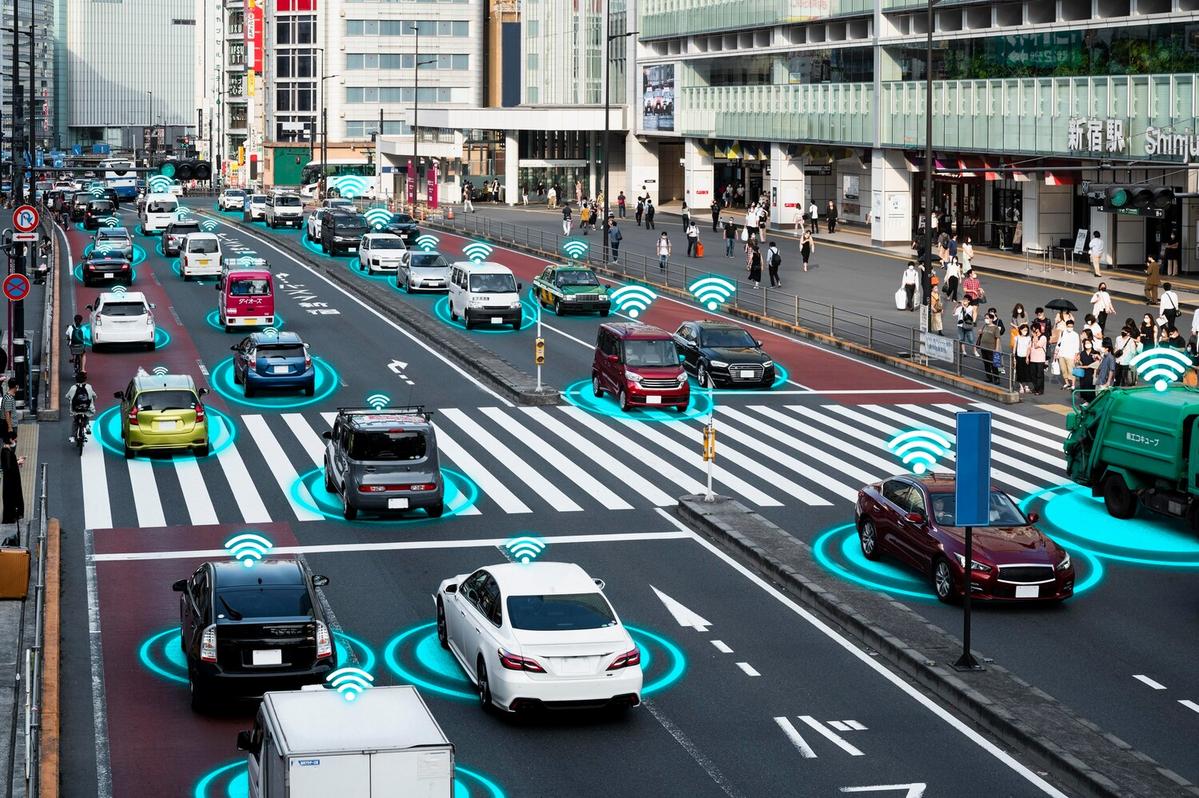
The Role of AI in Developing Autonomous Driving Solutions
The accelerating advancements in artificial intelligence (AI) are reshaping the landscape of autonomous driving, pushing the boundaries of what vehicles can achieve without human intervention.
Understanding AI’s Impact on Autonomous Vehicles
Artificial intelligence serves as the brain behind autonomous vehicles, enabling them to perceive their environment, make decisions, and navigate safely. According to a report by McKinsey & Company, AI-driven technologies could reduce traffic accidents significantly, given that over 90% of accidents are caused by human error. This potential for increased safety is one of the driving forces behind the development of autonomous vehicles.
Expert Insights
In a recent interview, Raquel Urtasun, a leading expert in AI for self-driving cars, emphasized that AI’s ability to process vast amounts of data in real-time is crucial for the success of autonomous vehicles. She noted that the combination of machine learning and sensor technology allows these vehicles to adapt to a variety of driving conditions, making them more reliable over time.
Statistics Highlighting Progress
Recent statistics from the International Transport Forum indicate that autonomous vehicles could potentially reduce traffic fatalities by up to 30%. This impressive figure highlights the transformative potential of AI in making our roads safer.
Real-World Applications
Consider the experience of a commuter who used to spend hours in traffic. With the introduction of AI-driven autonomous vehicles, this daily routine has transformed. The commuter can now utilize travel time for work or relaxation, showcasing the convenience and efficiency that AI brings to transportation.
Actionable Tips for Future Development
- Invest in continuous learning algorithms to improve vehicle performance.
- Enhance sensor technology for better environmental detection.
- Collaborate with regulatory bodies to ensure safety standards are met.
Regular updates to the AI software in autonomous vehicles can significantly enhance their performance and safety.
Comparison of AI Applications in Autonomous Driving
| Feature | Traditional Vehicles | Autonomous Vehicles |
|---|---|---|
| Decision Making | Human Driver | AI Algorithms |
| Navigation | Maps & GPS | Real-Time Processing |
| Safety Features | Basic Sensors | Advanced Sensors & AI |
| Traffic Management | Manual | Automated |
| Fuel Efficiency | Variable | Optimized by AI |
| Cost | Lower Initial | Long-Term Savings |
| Maintenance | Regular | Predictive with AI |
| User Experience | Driver-Dependent | Enhanced by AI |
Frequently Asked Questions
How does AI improve safety in autonomous vehicles?
AI improves safety by reducing human error through continuous monitoring and data processing, allowing for better decision-making in real-time.
What role do sensors play in autonomous driving?
Sensors provide crucial data about the vehicle’s surroundings, which AI processes to navigate and respond to environmental changes effectively.
Can AI adapt to different driving conditions?
Yes, AI’s machine learning capabilities allow it to adapt to various driving conditions over time, enhancing vehicle reliability and performance.
Conclusion
The role of AI in developing autonomous driving solutions is pivotal, offering a promising future for transportation safety and efficiency. As AI technology continues to evolve, it brings us closer to a world where autonomous vehicles are a common sight on our roads, transforming the way we commute and interact with transportation.


